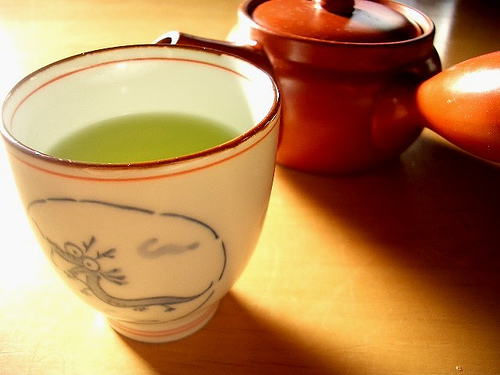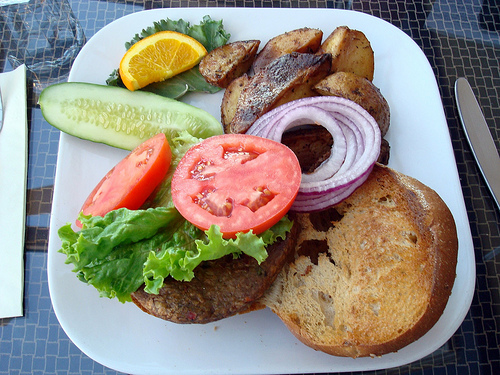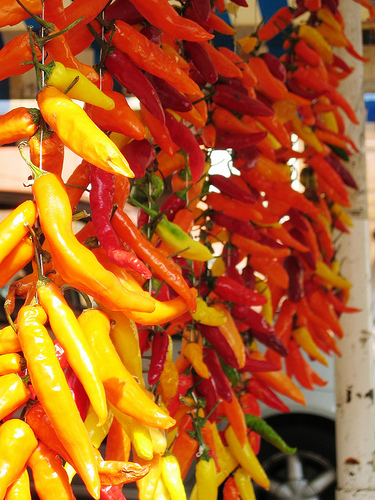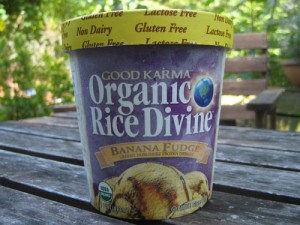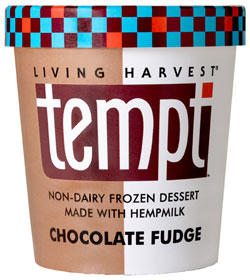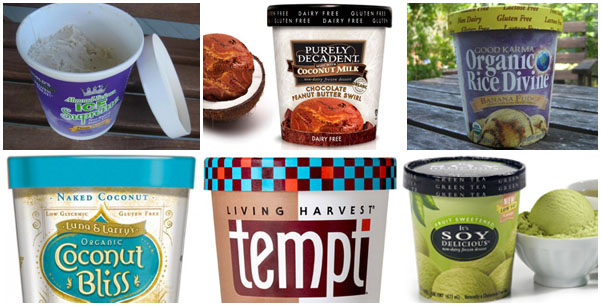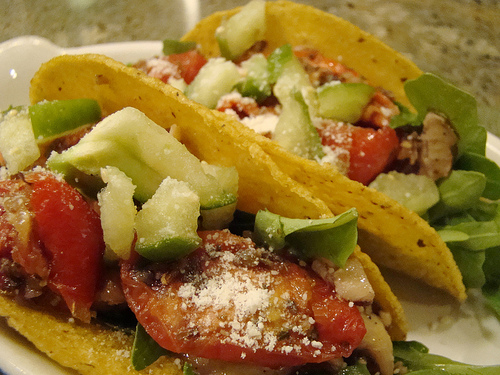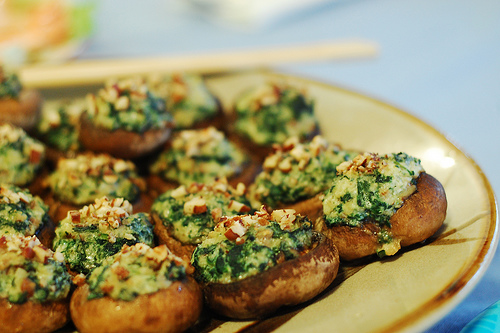Table of Contents
Navigating the various dietary patterns available today can be challenging. This blog post is here to simplify that journey by diving into the key differences and overlaps between the vegan and paleo diets.
Quick Answers:
Are Vegan and Paleo diets the same?
No, vegan and paleo diets are distinct dietary patterns. While both emphasize whole foods and avoid fast food and highly processed items, the vegan diet excludes all animal products. In contrast, the paleo diet incorporates lean meats, fish, and eggs but excludes grains, legumes, and dairy.
If something is vegan, does that mean it’s also paleo?
Not necessarily. A food item could be vegan but not paleo. For example, many vegan diets include grains, legumes, and certain processed foods that are off-limits on a paleo diet.
If something is paleo, does that mean it’s also vegan?
Again, not necessarily. Paleo diets include animal products such as grass-fed meat and eggs, not part of a vegan diet. However, certain foods, such as fruits, vegetables, nuts, and seeds, are acceptable in both diets.
Overlap of Vegan and Paleo Diets
Despite their differences, the vegan and paleo diets do have some overlaps.
Diet & Health Preferences Overlap
Both diets emphasize whole, unprocessed foods and recommend avoiding processed foods, added sugars, and unhealthy fats. Both diets also focus on consuming plenty of fresh fruits and vegetables.
Environmental Concerns Overlap
While the diets’ environmental impact can differ, vegans and paleo dieters often have a heightened awareness of food sourcing. Both groups support local, organic farming practices and are likely to make choices that they believe are more environmentally sustainable.
Foods That Are Both Vegan and Paleo
Despite their differences, vegan and paleo diets share some common ground regarding food choices. A range of whole, unprocessed foods can fit into both diets, providing nutritious options that can be enjoyed by both vegans and paleo dieters alike.
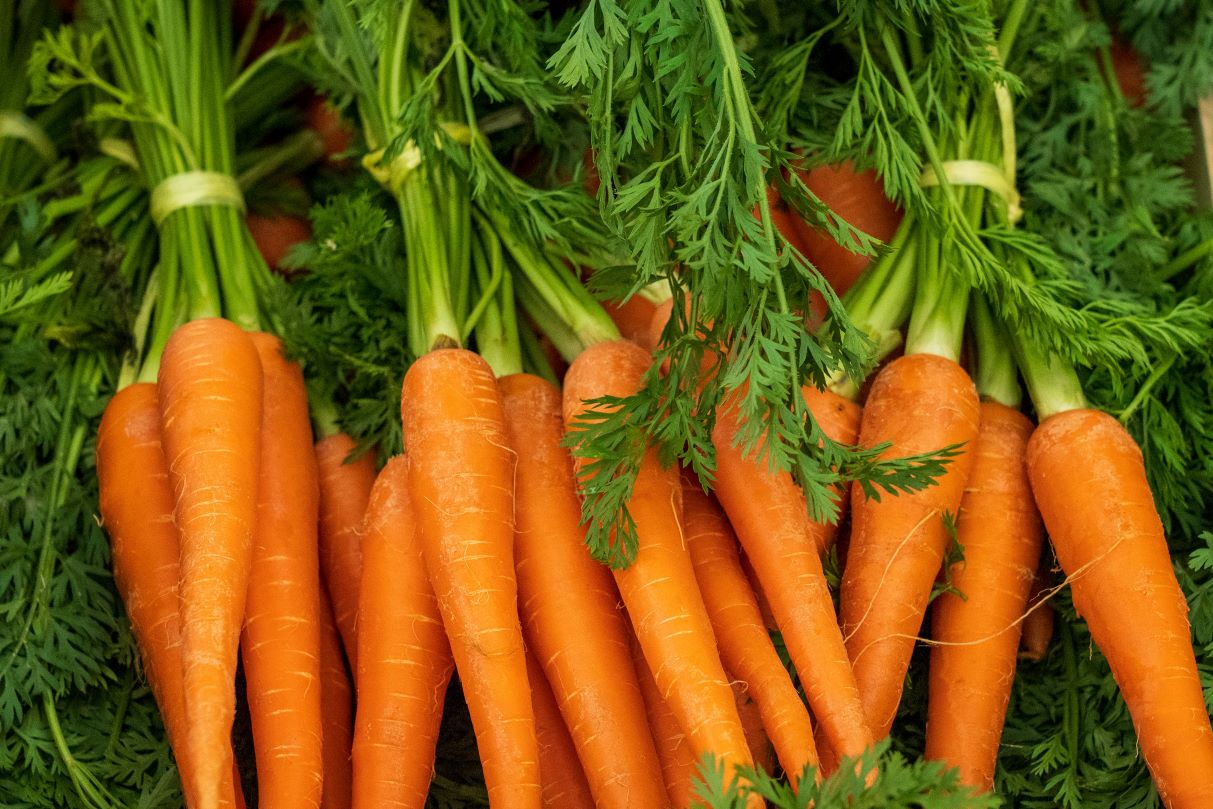
Vegetables
Vegetables are a staple in both vegan and paleo diets. They are nutrient-dense and low in calories, making them a healthy choice for anyone, regardless of dietary pattern. Both vegans and paleo dieters can benefit from a wide range of vegetables, including bell peppers, broccoli, carrots, cucumbers, and zucchinis.
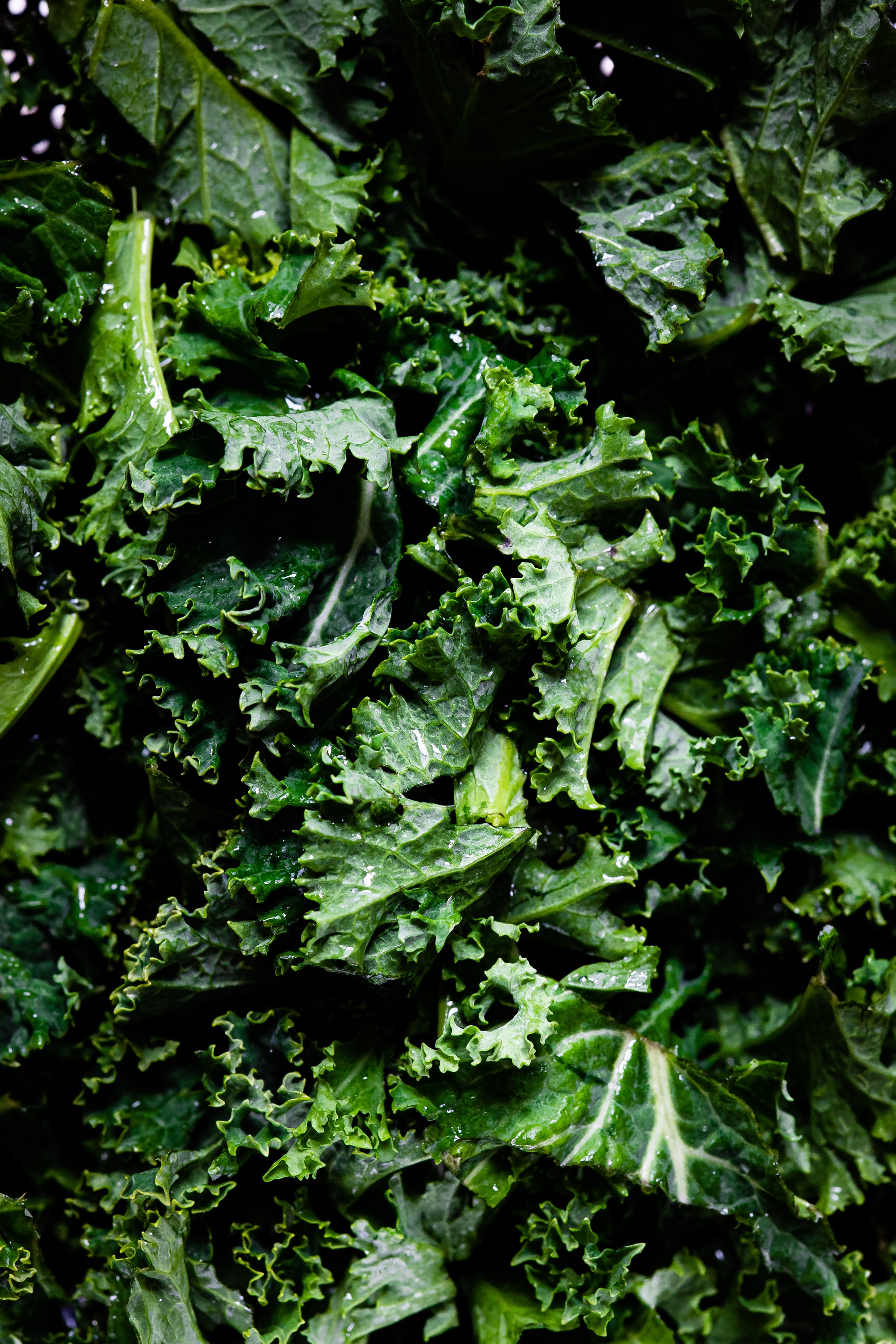
Leafy Greens
Leafy greens are incredibly nutritious and versatile. They are a great source of minerals like calcium and iron, which are essential for both vegans and paleo dieters. Examples of leafy greens that fit into both diets include kale, spinach, Swiss chard, and arugula.
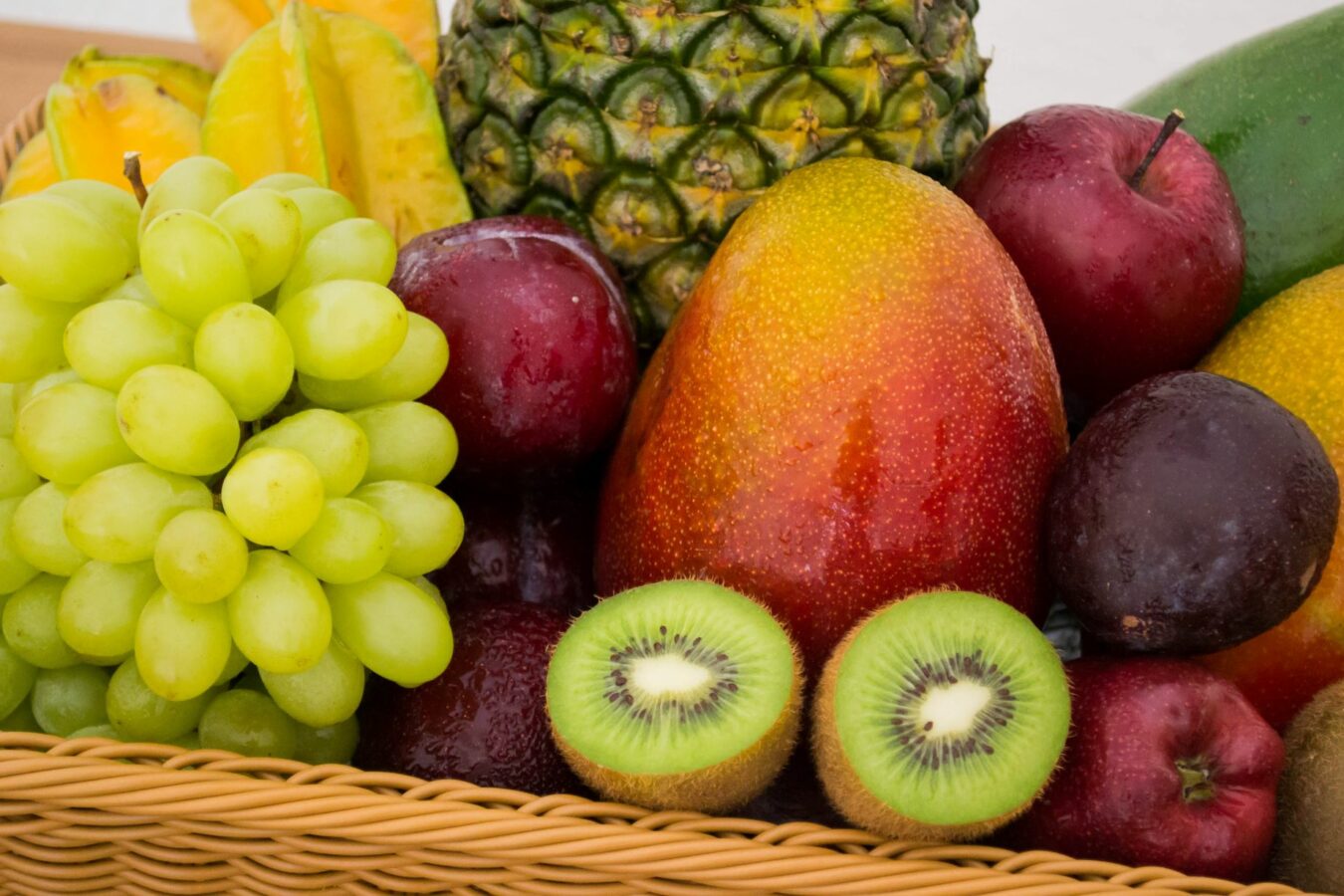
Fruit
Fruits are another food group that seamlessly fits vegan and paleo diets. They provide a natural sweetness and contain vitamins, antioxidants, and fiber. Apples, bananas, berries, oranges, and pears are all excellent choices.
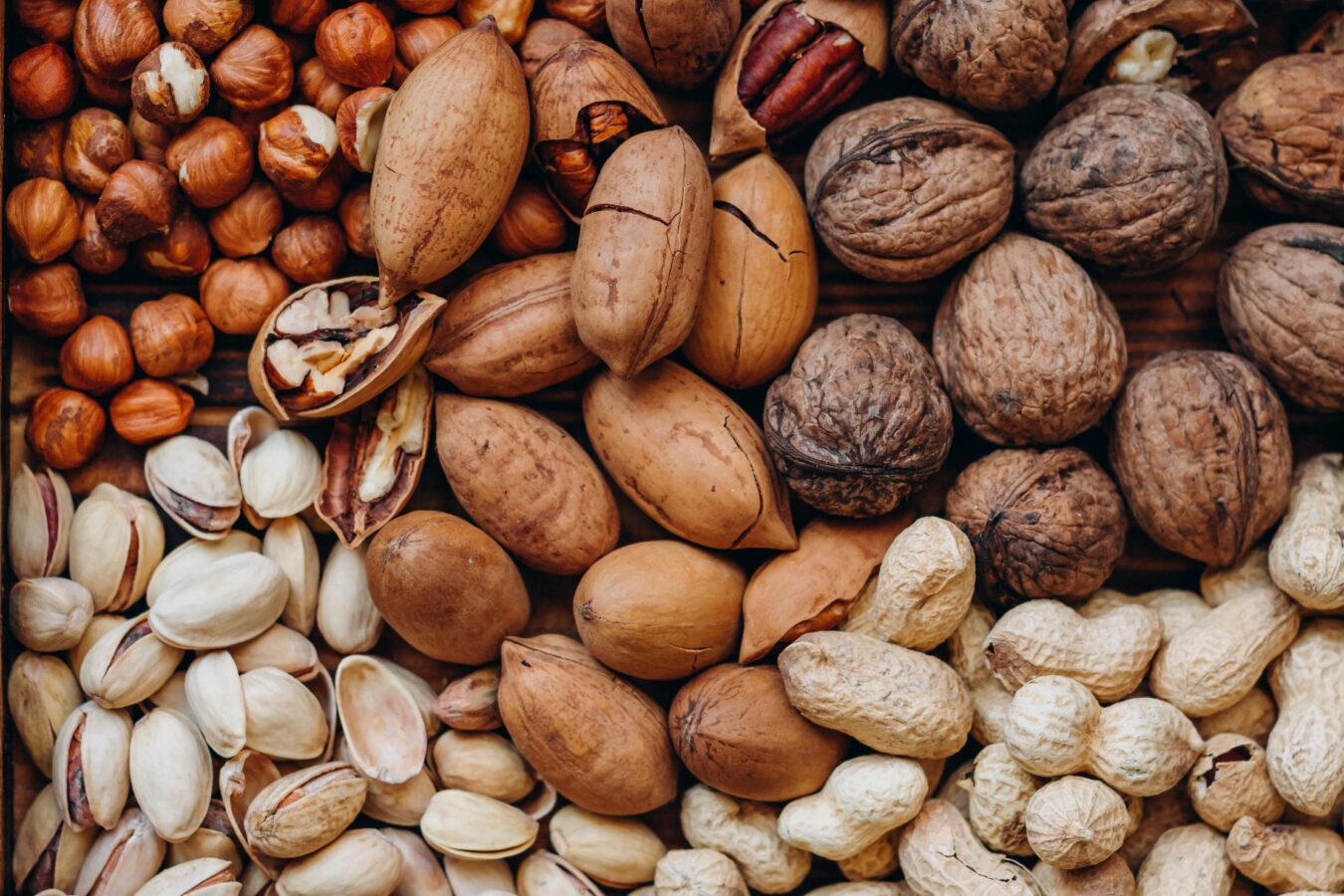
Nuts & Seeds
Nuts and seeds are a great source of healthy fats and protein. Both diets embrace them, though paleo dieters often avoid peanuts, technically a legume. Examples of nuts and seeds enjoyed by both vegans and paleo dieters include almonds, cashews, flaxseeds, chia seeds, and sunflower seeds.
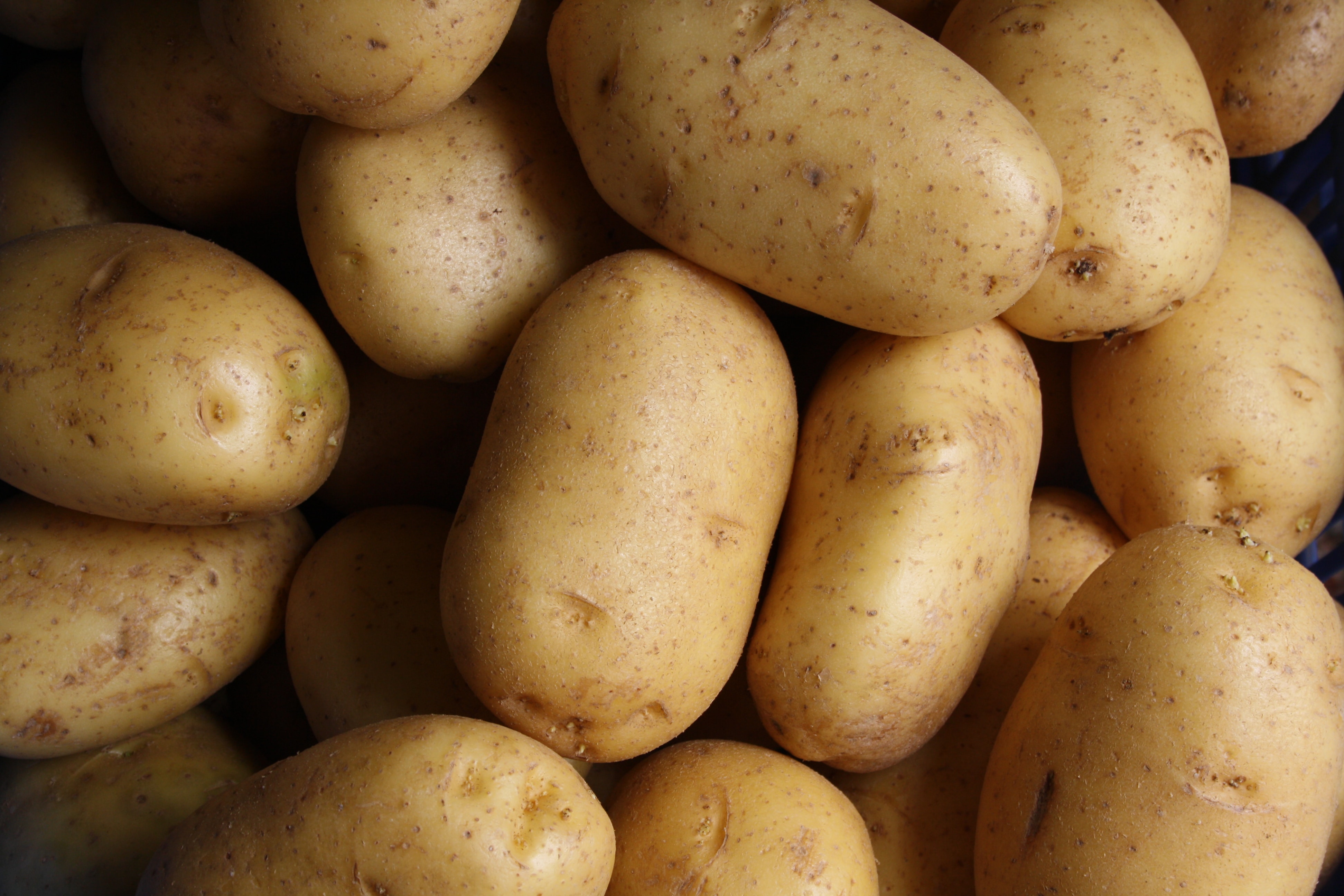
Tubers
Tubers, like potatoes and sweet potatoes, are an energy-dense food group that fit into both the vegan and paleo diets. They provide carbohydrates, fiber, and a variety of vitamins and minerals, including potassium, vitamin C, and vitamin B6.
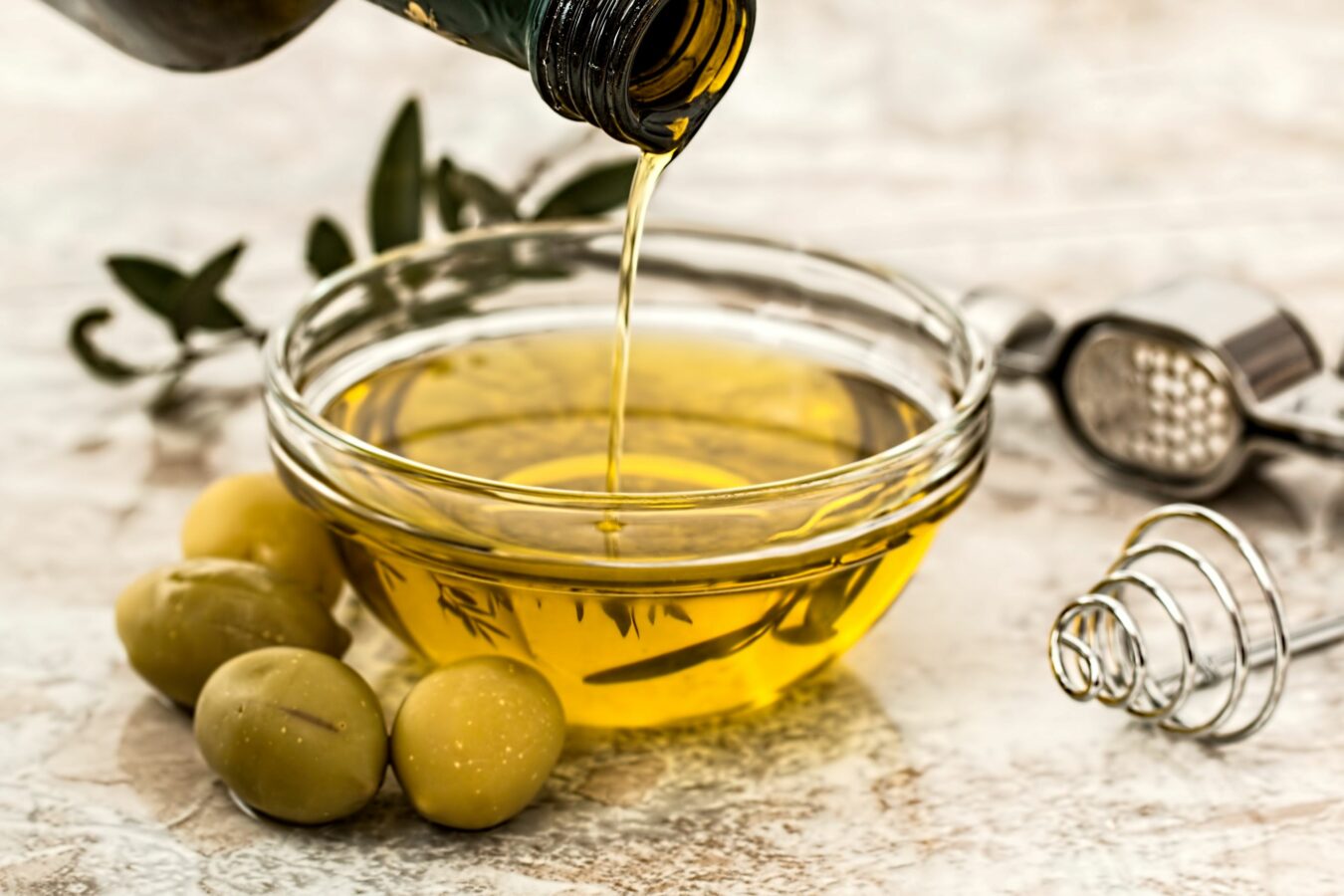
Unrefined Oils
Unrefined oils, including olive oil, coconut oil, and avocado oil, are used in both diets. These oils provide heart-healthy monounsaturated and polyunsaturated fats, and are often used for cooking or in dressings and sauces.
Understanding Paleo Diets
The Paleo diet, also known as the Paleolithic diet, Caveman diet, or Stone-Age diet, is based on the presumed dietary patterns of our hunter-gatherer ancestors during the Paleolithic era, a period about 2.5 million to 10,000 years ago. This diet model involves eating foods that can be hunted or fished, such as meat and seafood, or gathered, including eggs, fruits, vegetables, nuts, and seeds.
The Paleo diet excludes foods that became common when farming emerged, around 10,000 years ago. These include dairy products, legumes (like beans and lentils), and grains. It also omits refined sugar, processed foods, and usually excludes salt.
Advocates of the Paleo diet believe that modern diets, which are rich in refined foods, trans fats, and sugar, are the root of degenerative diseases such as obesity, heart disease, diabetes, and more. They claim that the human body is genetically mismatched to the modern diet that emerged with farming practices – an idea known as the discordance hypothesis.
Following a Paleo dietary pattern means focusing on lean meats, especially grass-fed meat, which is believed to have a more favorable fatty acid profile compared to grain-fed meat. Seafood, fresh fruits and vegetables, and healthy fats like olive oil and avocados are also central to the Paleo diet. A balance between animal protein and plant foods is typically maintained.
Just as with any dietary approach, the quality of food choices matters. Opting for unprocessed foods, lean meats, fresh fruits, and vegetables, and avoiding junk foods and sweetened beverages can contribute to good health.
Common Paleo Foods
- Lean Meats: Grass-fed beef, poultry, pork, lamb, goat, and more.
- Fish and Seafood: All fish and seafood are acceptable to eat on a paleo diet.
- Eggs: Organic, pasture-raised or free-range eggs.
- Vegetables: Leafy greens, broccoli, cauliflower, sweet potatoes, carrots, onion, garlic, tomatoes, peppers, zucchini, squash, cucumber mushrooms, green beans, asparagus, avocado, eggplant, and artichokes.
- Fruits: All fresh, whole fruits like berries, apples, citrus, and more are acceptable.
- Nuts: All nuts and seeds are acceptable, such as almonds, walnuts, chia seeds, flaxseeds and more.
- Herbs and Spices: All unprocessed herbs and spices are acceptable.
- Oils: Oils like olive oil, coconut oil, and avocado oil are acceptable.
Vegan Foods That Are Not Paleo
Despite fundamentally different principles, vegan and Paleo diets emphasize whole, unprocessed foods. Here’s a look at what’s typically consumed on a vegan diet that are not Paleo:
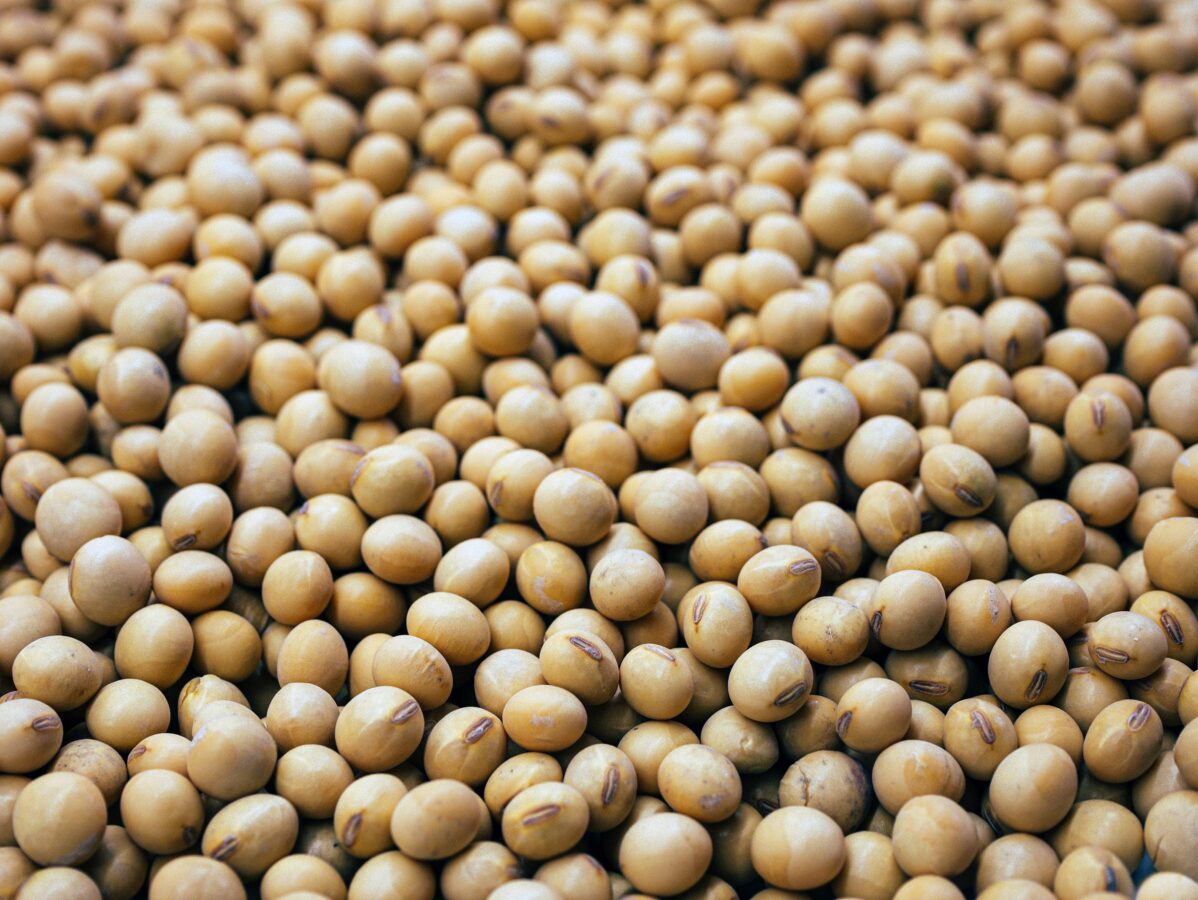
Legumes
Legumes are avoided on a Paleo diet since a paleo diet is based around the food that would have been available to our prehistoric ancestors, and it is believed that legume availability was limited then.
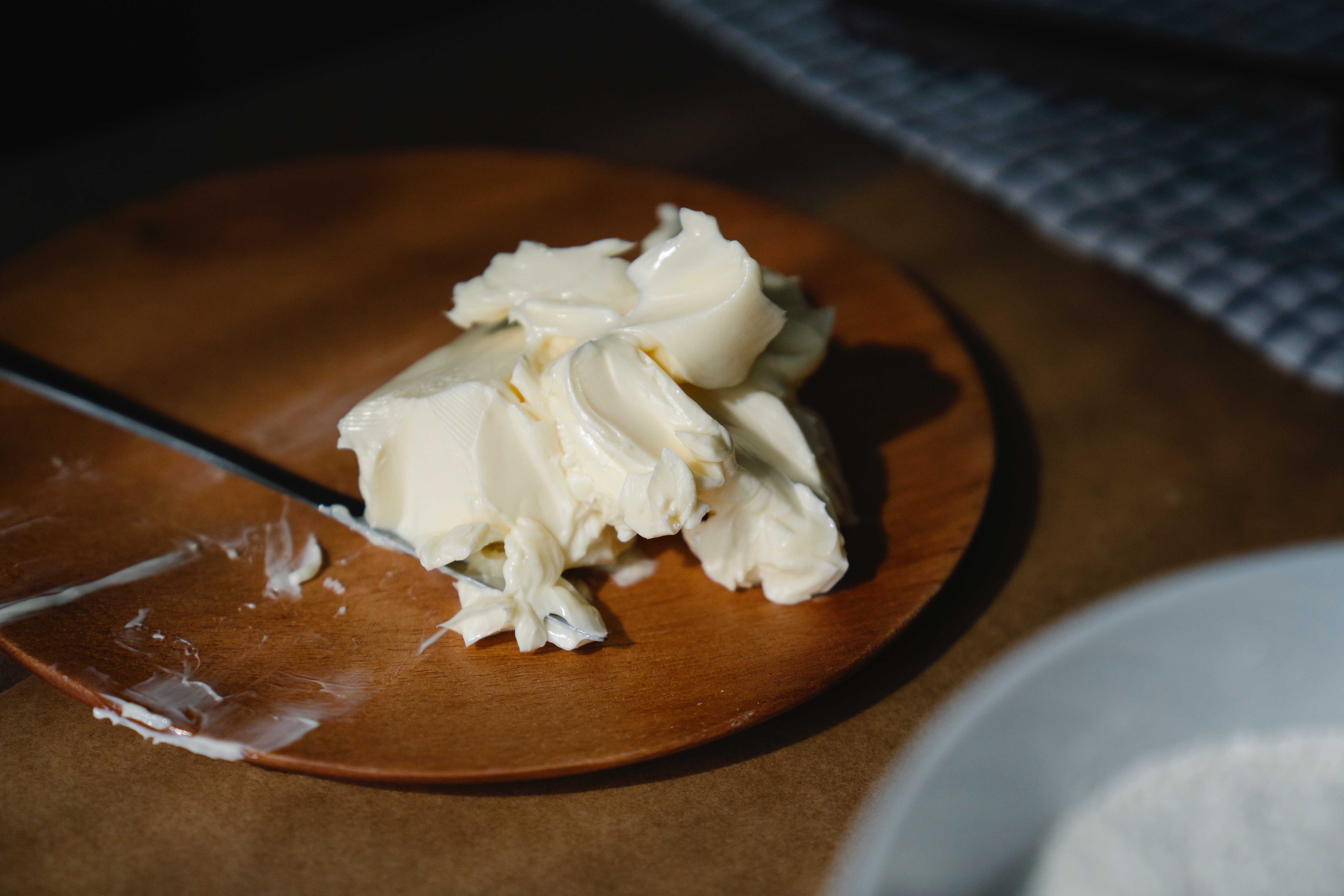
Vegetable Oils & Margarine
Vegetable oils and margarine are both highly processed products that are not acceptable for a Paleo diet.
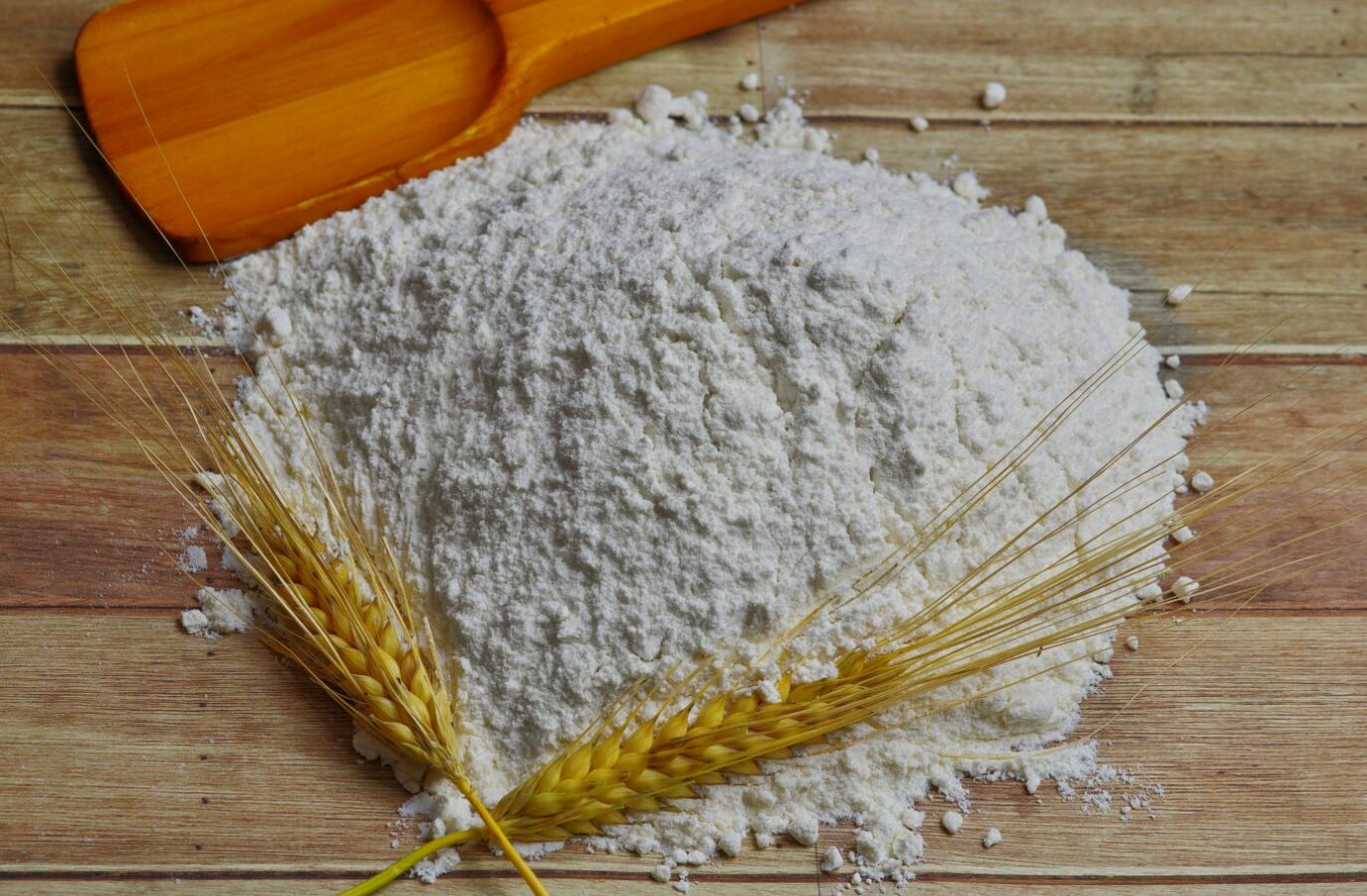
Grains
Wheat, rice, corn, oats, bran, barley, and more grains are restricted on the paleo diet due to the idea that Paleolithic humans did not eat these grains.
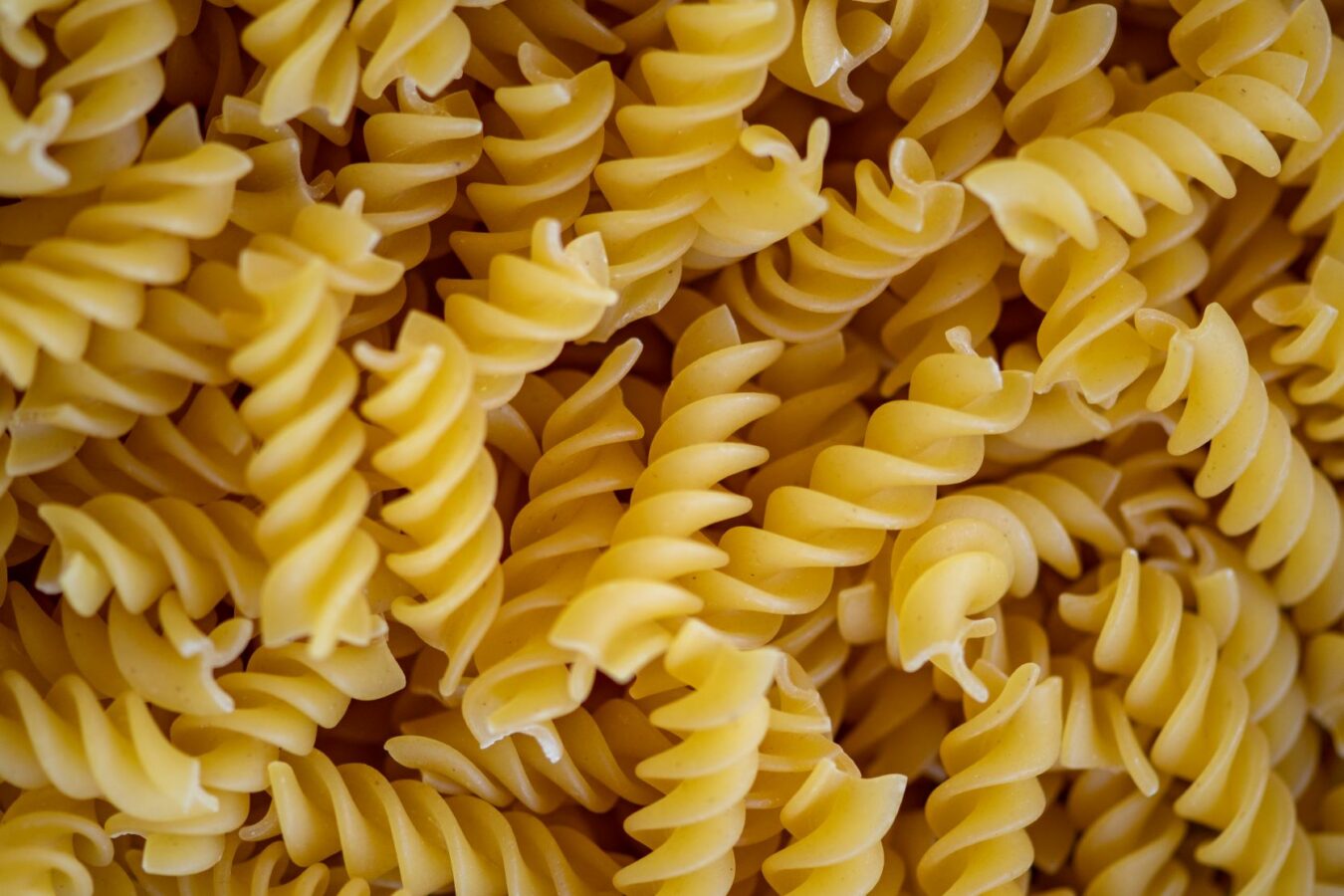
Pasta, Bread, and Baked Goods
Processed food such as pasta, bread, and baked goods are not paleo friendly, unless specified as Paleo.
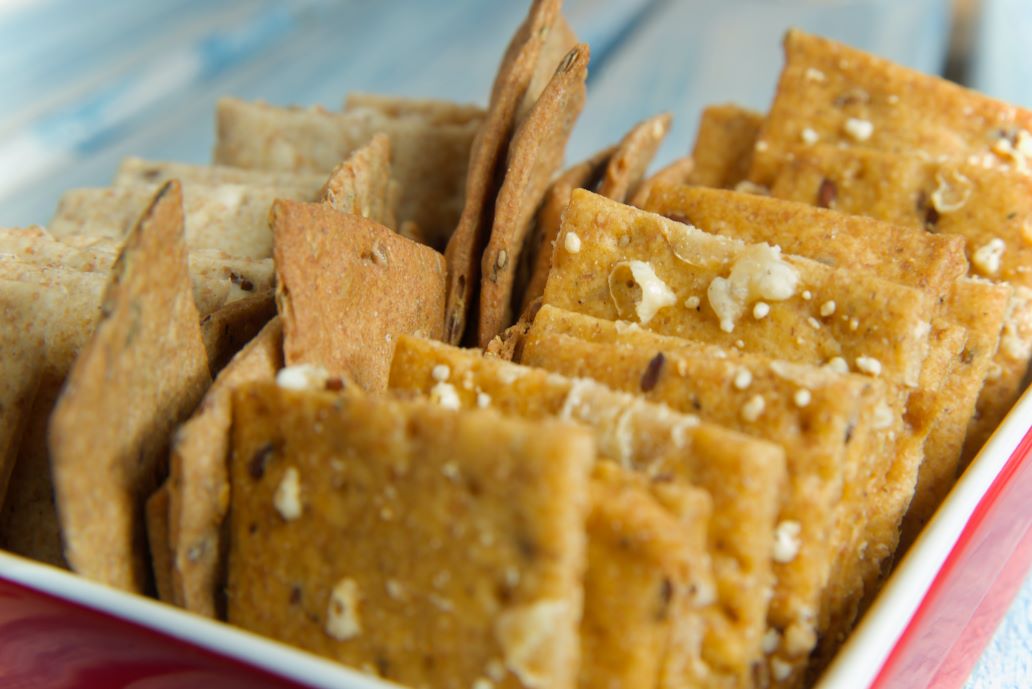
Processed Food
Most processed foods are are avoided on the Paleo diet. These include processed cereal, snacks, baked goods, and more.
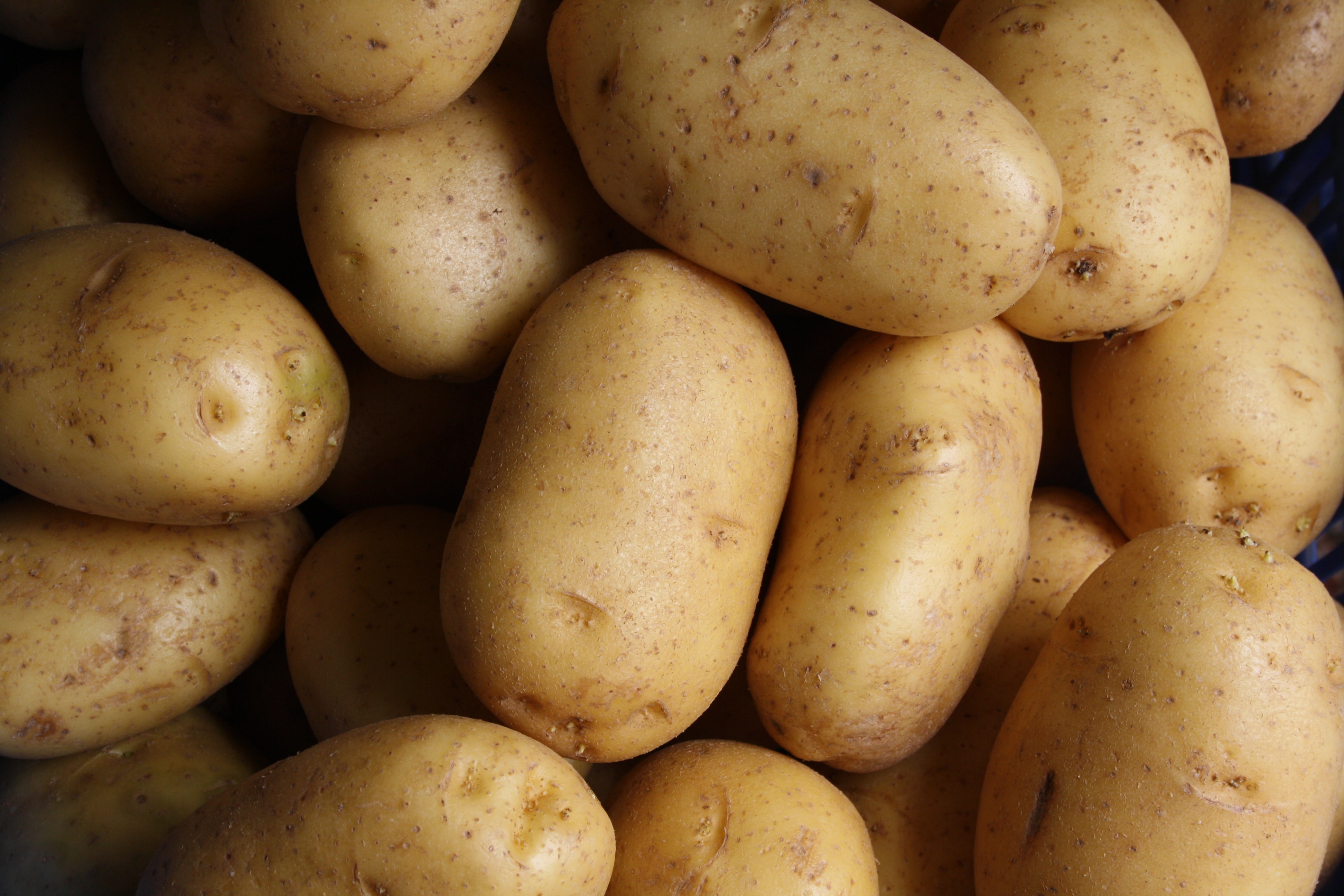
Starchy Vegetables
Paleo diets generally exclude starchy vegetables like potatoes and corn which are high in carbohydrates.
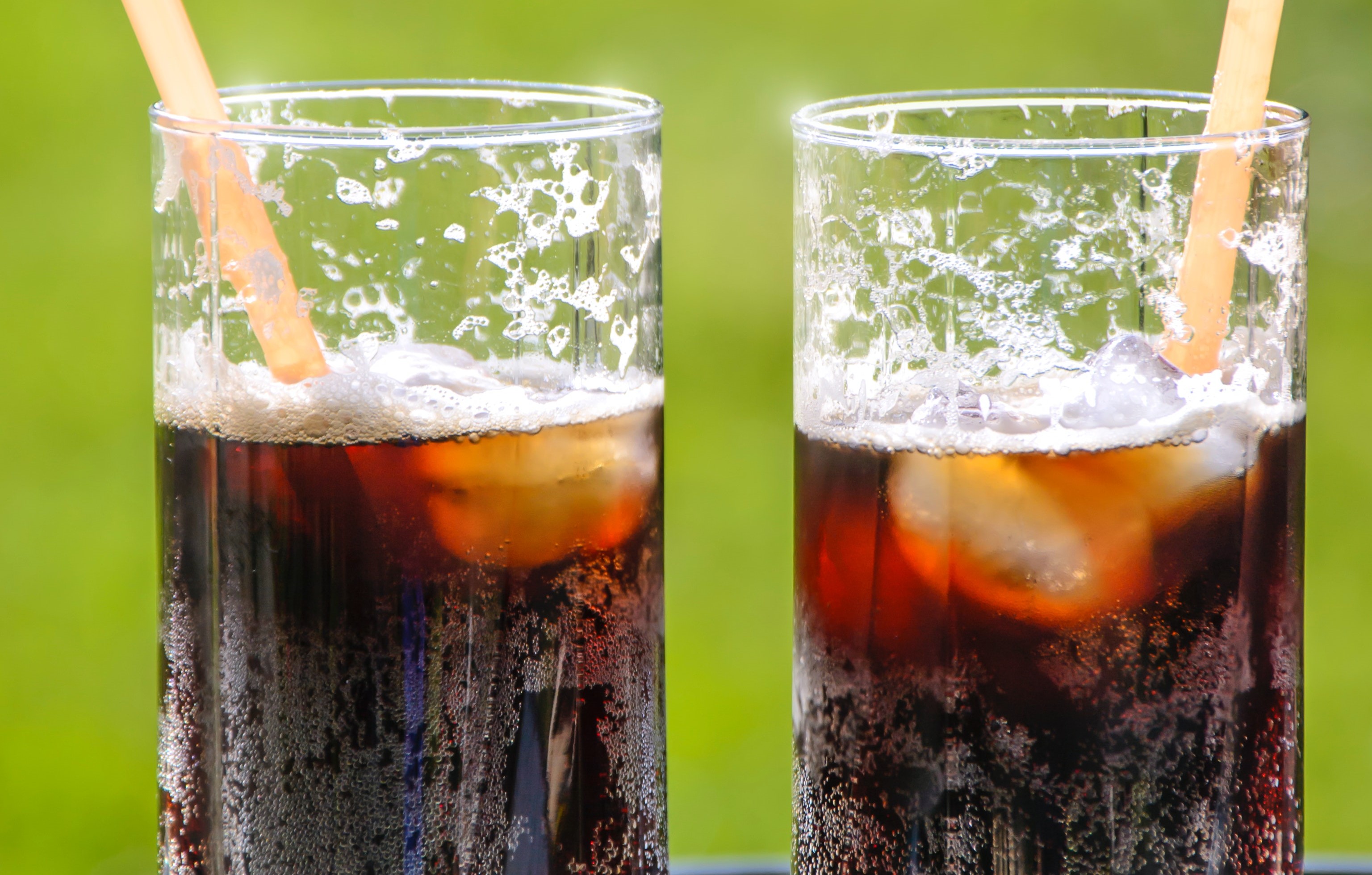
Soft Drinks
Completely unsuitable for the Paleo Diet, soft drinks are highly processed and full of sweeteners, which goes again the principals of a Paleo diet.
Understanding Vegan Diets
The vegan diet excludes all animal products, like eggs, meat, dairy, honey, and any other ingredients derived from animals.
It is a subset of vegetarianism and is defined by its adherence to plant-based foods exclusively. This commitment to avoid animal-derived products extends to non-food products, such as leather, fur, and cosmetics tested on animals.
Common Vegan Foods
- Fruits and vegetables: All fruits, vegetables, and berries.
- Legumes: Beans, lentils, chickpeas, peas, etc.
- Nut butter and nuts: Almonds, walnuts, cashews, macadamia nuts, peanut butter, almond butter, etc.
- Seeds: Chia seeds, flaxseeds, hemp seeds, etc.
- Grains: Quinoa, rice, oats, buckwheat, sorghum, amaranth, corn, barley, wheat, triticale, etc.
- Plant-based proteins: Tofu, tempeh, seitan, plant-based meat alternatives, etc.
- Plant-based milk: Almond milk, soy milk, rice milk, oat milk, plant-based milk alternatives, etc.
- Plant-based oils: Olive oil, coconut oil, avocado oil, etc.
- Herbs, spices, and other flavorings: All herbs and spices, nutritional yeast, soy sauce, vinegar, etc.
Can a Vegan Diet Be Paleo?
Following the non-animal ingredient part of a paleo diet, which leaves out the main protein sources of a vegan diet like legumes and grains, could be really tough for someone who’s vegan.
Paleo Foods That Are Not Vegan
When following a vegan diet, it’s crucial to avoid all foods that contain animal-derived ingredients. All of the following foods are fine for a paleo diet as long as they are prepared with no additional non-paleo ingredients.
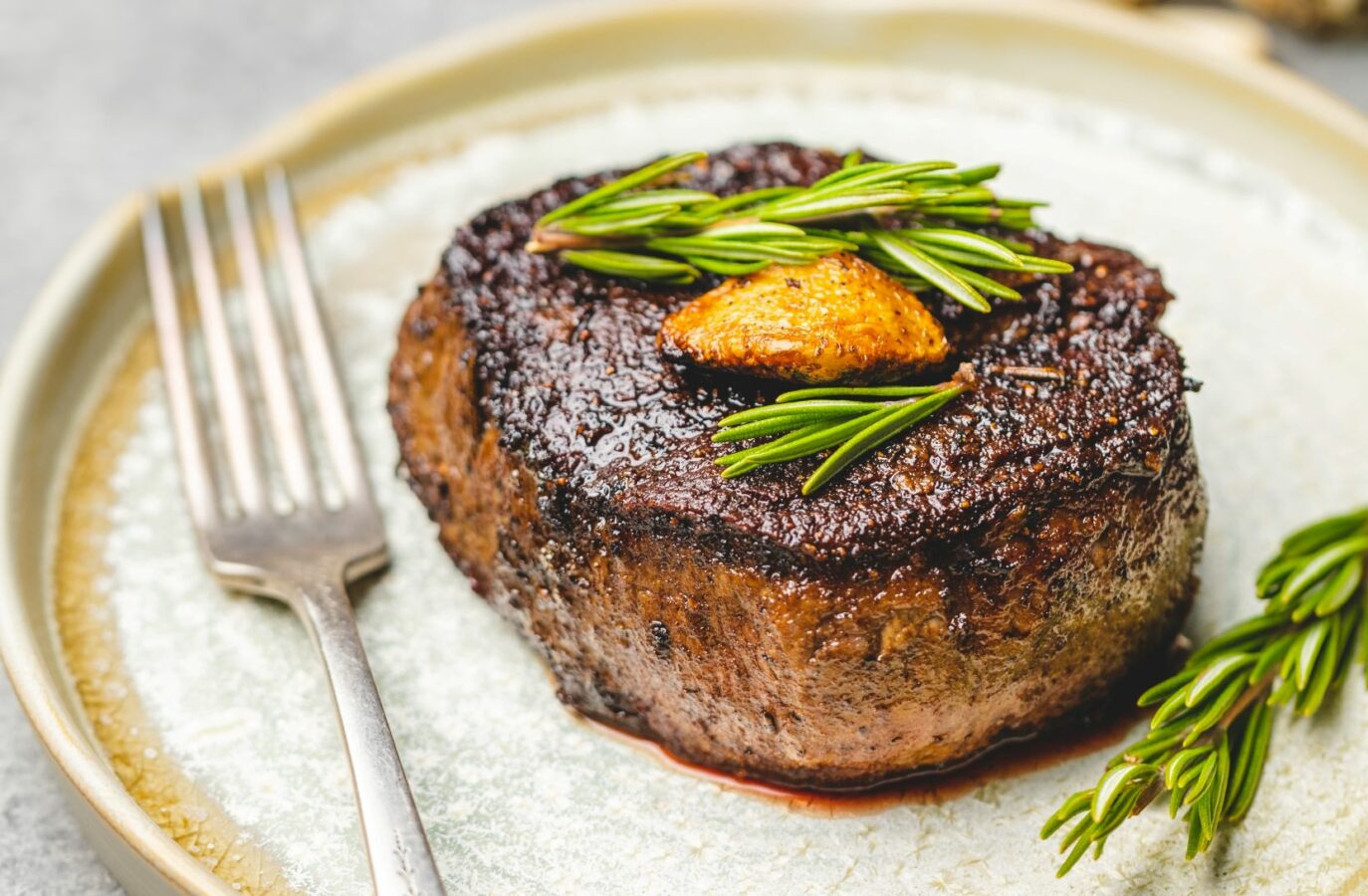
Meat
Beef, pork, lamb, horse, veal, organ meat, chicken, wild meat, turkey, duck, goose, quail, etc.
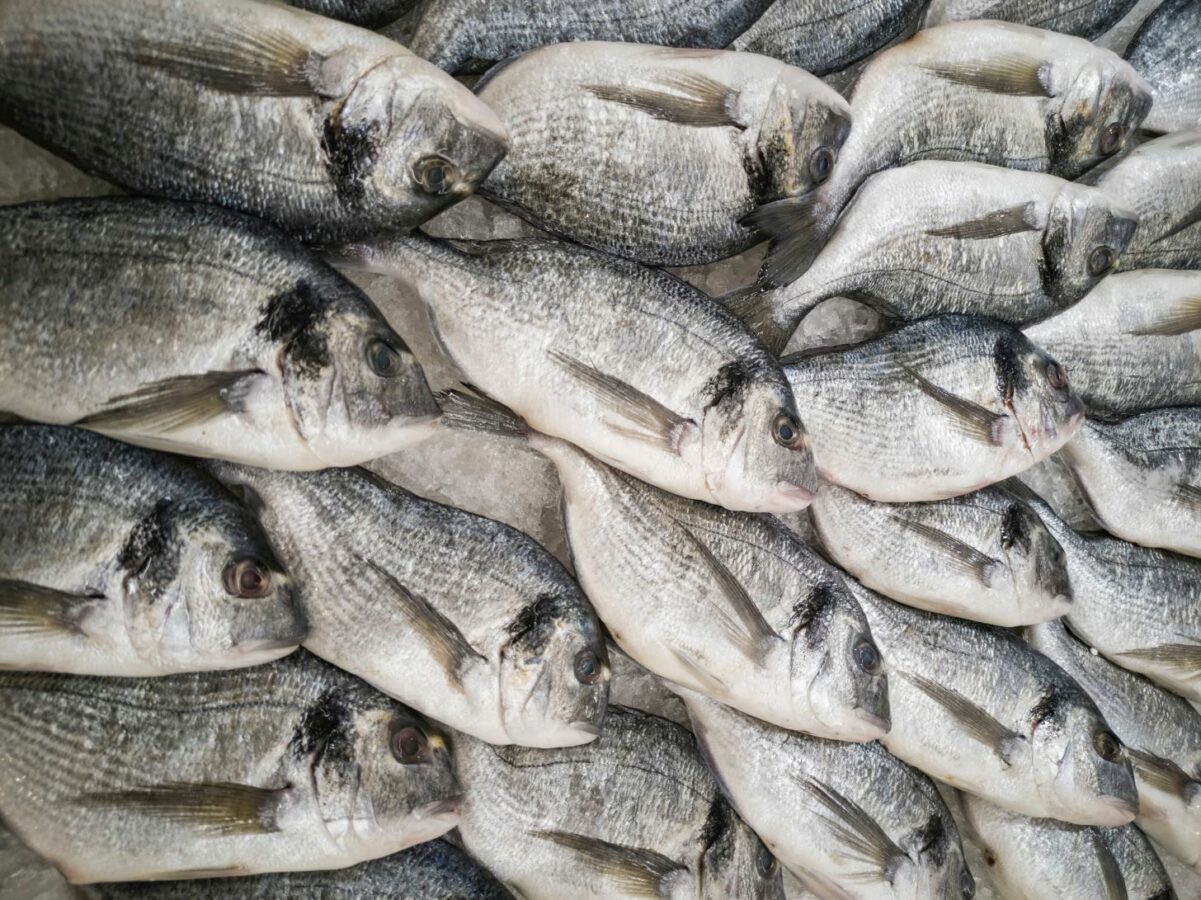
Seafood and Fish
All fish types, anchovies, squid, shrimp, calamari, scallops, crab, mussels, lobster, etc.
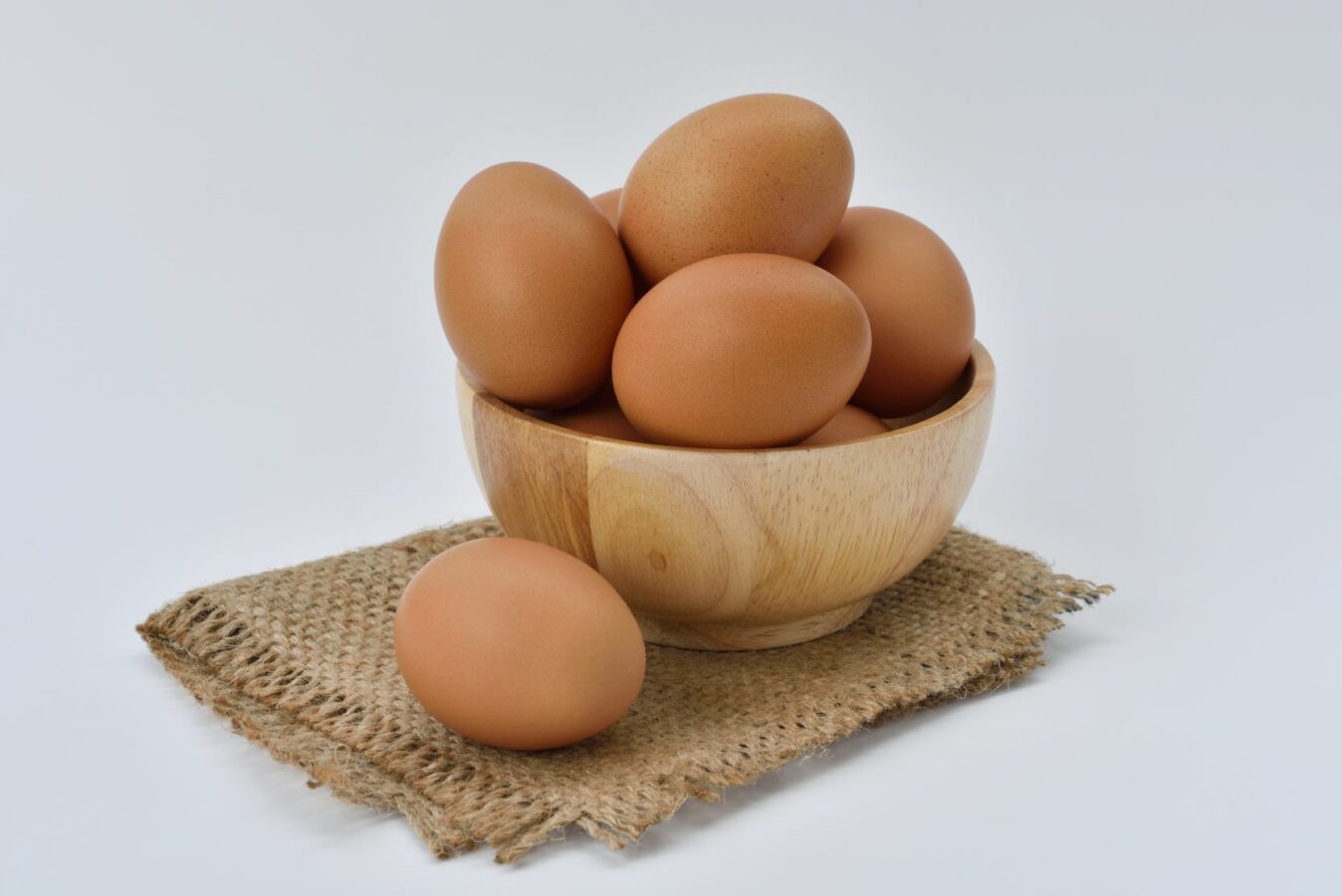
Eggs
Eggs from fish, chickens, ostriches, quails, etc.
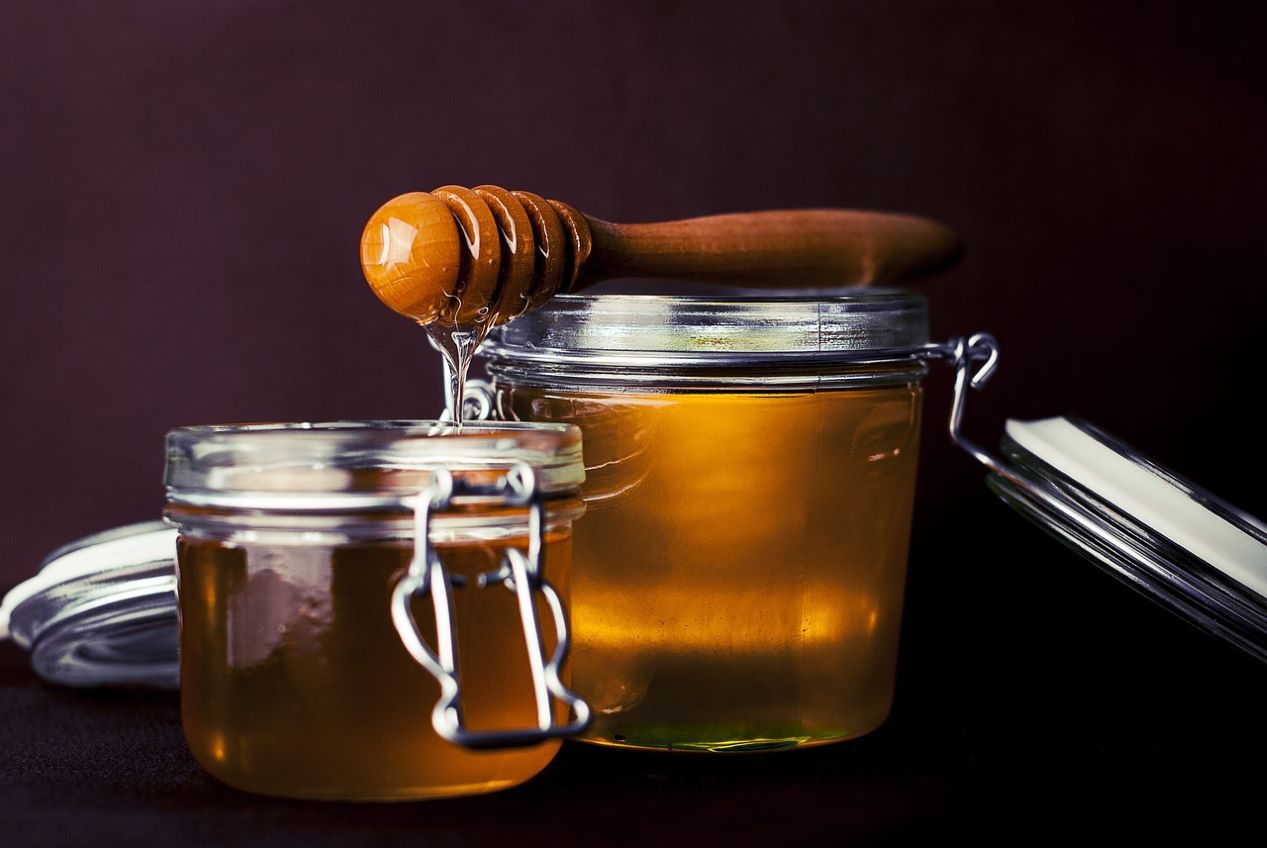
Bee products
Bee pollen, honey, royal jelly, etc.
FAQ
Is a vegan or paleo diet healthier?
Many people are curious whether a vegan or paleo diet is healthier. This is a complex question and the answer can depend on many factors, including individual health needs, lifestyle, and personal dietary preferences.
Both vegan and paleo diets can be healthy, but it’s important to ensure that they are well-planned and balanced. Both diets have the potential to be high in fruits, vegetables, and other whole foods, which can support good health. However, they can also be deficient in certain nutrients if not properly balanced. As always, it’s a good idea to consult with a healthcare professional before significantly changing your diet.
Are there any potential drawbacks?
Vegan diets might require careful supplementation to meet certain nutrient needs, while paleo diets may restrict important food groups and lack dietary diversity.
Which diet is better for weight loss?
Both diets can support weight loss due to their focus on whole foods, but a vegan diet’s emphasis on low-calorie, high-fiber plant-based foods may offer an advantage.
